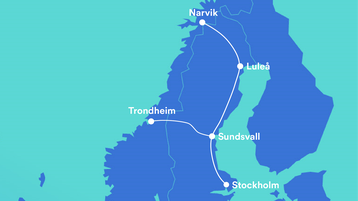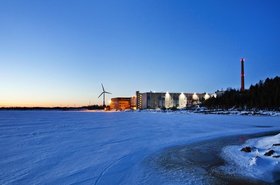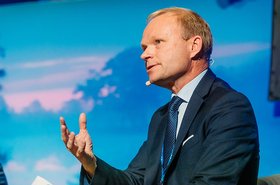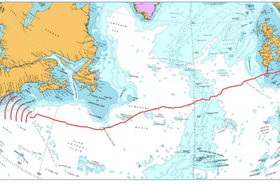GlobalConnect has announced the completion of Phase I of the Nordic Wave subsea cable.
The EU-funded project, headed up by GlobalConnect, is set to enhance digital infrastructure in the Nordics by upgrading existing fiber networks.
Phase I covers the stretch from Stockholm to Luleå in Sweden, now providing 27Tbps of capacity.
Once complete in mid-2026, Nordic Wave will link Northern Sweden to Norway and Germany using a high-capacity data network.
Phase II will see connectivity improved between Luleå and Narvik in Norway, whilst Phase III will encompass the Sundsvall (Sweden) to Trondheim (Norway) segments.
Nordic Wave is upgrading its network using Dense Wavelength-Divsion Multiplexing technology. This allows the increase of capacity on existing fiber lines by transmitting multiple data signals on different light wavelengths simultaneously, boosting speeds up to 400Gbps.
“By utilizing our existing fiber infrastructure, we are making a major digital upgrade without disrupting the environment or communities with new excavation work,” said Pär Jansson, senior vice president at GlobalConnect. “This improved connectivity benefits businesses, municipalities, and the public sector while also supporting bilateral defense efforts in the region.”
The project has received €650,000 ($705,800) of investment, with part of this funded by the European Union’s Connecting Europe Facility (CEF) Digital program.
The CEF Digital program has also helped to fund projects such as the Pisces subsea cable and the CanaLink cable.
Founded in 1998, GlobalConnect operates a 150,000km fiber network across the Nordics and Northern Europe. EQT Infrastructure has been the company’s majority shareholder since 2016, with Mubadala joining as a minority investor in 2022.
In March 2024, the company completed a 2,600 km fiber cable running from Northern Sweden to Berlin. The cable includes 700 km of subsea cable and uses the island of Bornholm as the digital gateway between the Nordics and the rest of Europe.
At the beginning of this year, GlobalConnect joined the Polar Connect consortium to build a subsea Internet cable through the North Pole.







